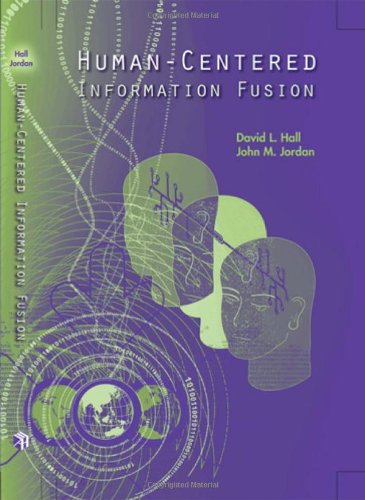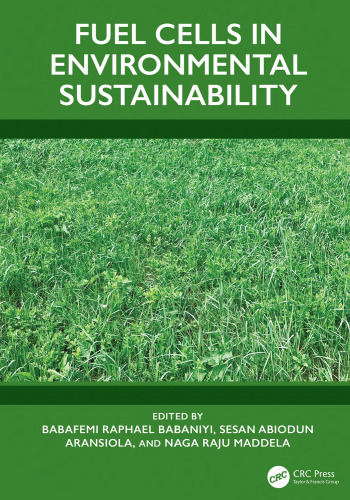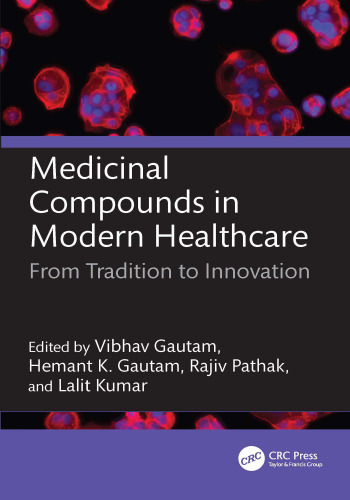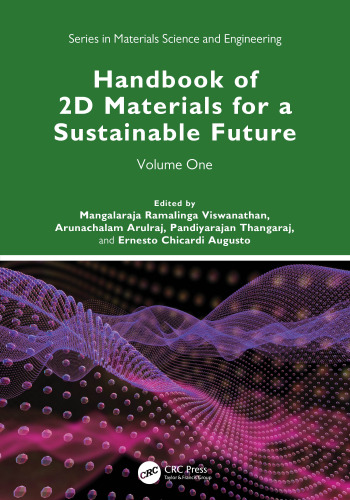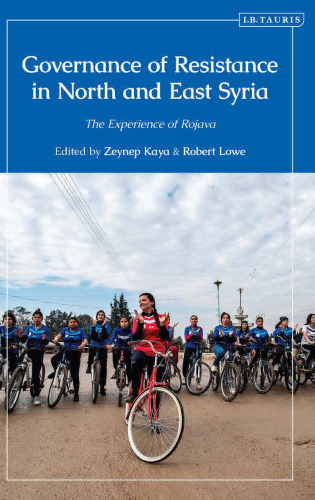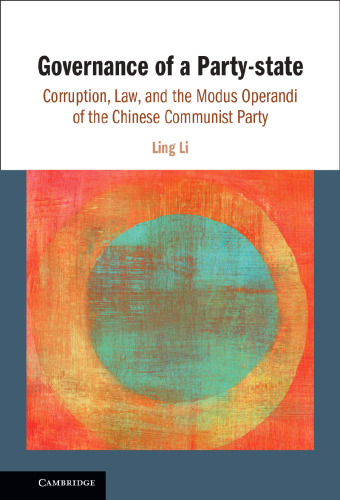دانلود کتاب Human-Centered Information Fusion - Original PDF
Author:
David L. Hall, John M. Jordan
0 (0)
توضیحات کتاب :
Information fusion refers to the merging of information from disparate sources with differing conceptual, contextual and typographical representations. Rather than focusing on traditional data fusion applications which have been mainly concerned with physical military targets, this unique resource explores new human-centered trends, such as locations, identity, and interactions of individuals and groups (social networks). Moreover, the book discusses two new major sources of information: human observations and web-based information. This cutting-edge volume presents a new view of multi-sensor data fusion that seeks to address these new developments, explicitly considering the active role of a human user/analyst. Professionals become knowledgeable about the key inputs into this innovative information fusion process, including traditional sensing resources (S-space), dynamic communities of human observers (H-space), and resources such as archived sensor data, blogs, and dynamic news reports from citizen reporters via the Internet (I-space).
سرچ در وردکت | سرچ در گودریدز | سرچ در اب بوکز | سرچ در آمازون | سرچ در گوگل بوک
1,184 بازدید 0 خرید
